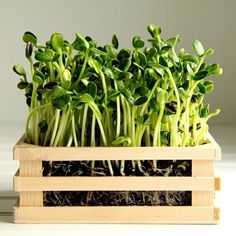 Learn proven methods on how you can break free from allergies and restore you and your family’s health. Asthma, migraines, arthritis, ulcers and obesity have all been linked to allergy. Fatigue, irritability, body aching, digestive problems, and other vague ailments are typical of allergy.
Learn proven methods on how you can break free from allergies and restore you and your family’s health. Asthma, migraines, arthritis, ulcers and obesity have all been linked to allergy. Fatigue, irritability, body aching, digestive problems, and other vague ailments are typical of allergy.
Join me Wednesday, September 19th, 2012 @ 8:00pm Eastern (NY) time. (5:00pm Pacific, 6:00pm Mountain, 7:00pm Central).
Registration is FREE Reserve your space right here: http://www.healthlady.com/tele-class/dr-susanne-bennett
Find Out:
- How allergies relates to environmental factors, food additives, diet, digestion, body chemistry, addiction, yeast, molds, parasites and childhood illnesses-
- Simple, effective day-by-day guides with specific “action items” so you know exactly what to do to eliminate your allergies.
- How to change your diet and eliminate the worst allergy culprits.
- Turning your home into a breathe-easy space


 If you are trying to give your body a boost, most people turn to flax seed or soy. What we should be looking for however, is hemp seed. Hemp seed is the most nutritionally dense seed you can find today. Hemp is extremely high in protein, making it a great substitute for meat or eggs. It also has anti-inflammatory qualities too. The hemp seed contains all of the digestible amino acids and essential fatty acids that can help boost your cardiovascular health. On top of all this, it is also a great source of fiber, magnesium, iron and zinc.
If you are trying to give your body a boost, most people turn to flax seed or soy. What we should be looking for however, is hemp seed. Hemp seed is the most nutritionally dense seed you can find today. Hemp is extremely high in protein, making it a great substitute for meat or eggs. It also has anti-inflammatory qualities too. The hemp seed contains all of the digestible amino acids and essential fatty acids that can help boost your cardiovascular health. On top of all this, it is also a great source of fiber, magnesium, iron and zinc.







